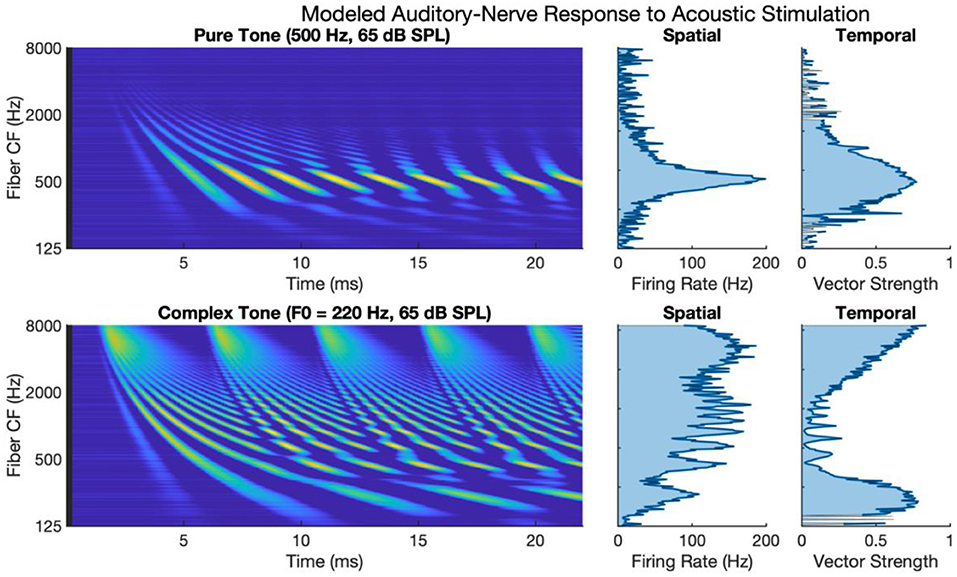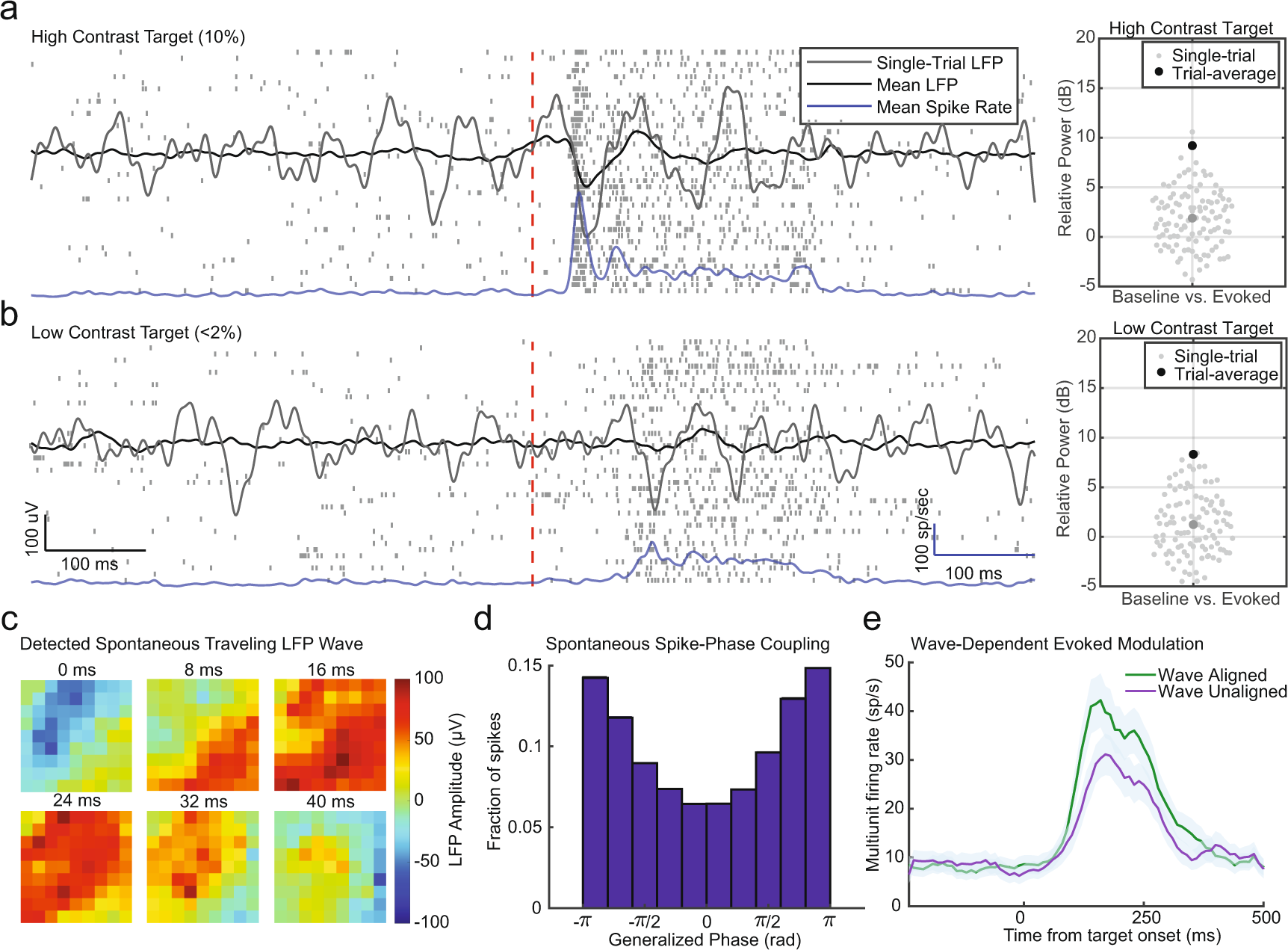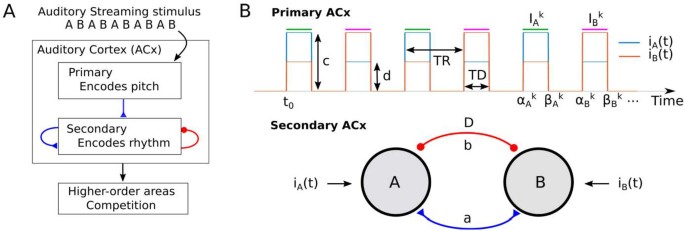Auditory streaming emerges from fast excitation and slow delayed
4.8 (186) · € 20.00 · Auf Lager
In the auditory streaming paradigm, alternating sequences of pure tones can be perceived as a single galloping rhythm (integration) or as two sequences with separated low and high tones (segregation). Although studied for decades, the neural mechanisms underlining this perceptual grouping of sound remains a mystery. With the aim of identifying a plausible minimal neural circuit that captures this phenomenon, we propose a firing rate model with two periodically forced neural populations coupled by fast direct excitation and slow delayed inhibition. By analyzing the model in a non-smooth, slow-fast regime we analytically prove the existence of a rich repertoire of dynamical states and of their parameter dependent transitions. We impose plausible parameter restrictions and link all states with perceptual interpretations. Regions of stimulus parameters occupied by states linked with each percept match those found in behavioural experiments. Our model suggests that slow inhibition masks the perception of subsequent tones during segregation (forward masking), whereas fast excitation enables integration for large pitch differences between the two tones.

The coupling between auditory and motor cortices is rate

Frontiers Computational Modeling of Synchrony in the Auditory

Why does the Wilson model produce slow alternations with the F&S

Spontaneous traveling waves naturally emerge from horizontal fiber

Full article: Emerging photoelectric devices for neuromorphic

A) Detailed bifurcation diagram of the reduced Wilson model

Excitatory Neuronal Hubs Configure Multisensory Integration of

Streaming of Repeated Noise in Primary and Secondary Fields of

Paths of motion and neural network for the quartet illusion. (a

The auditory streaming paradigm. (A) Auditory stimuli consist of











